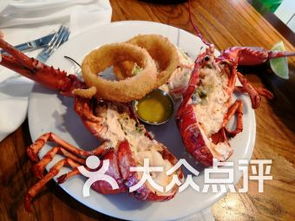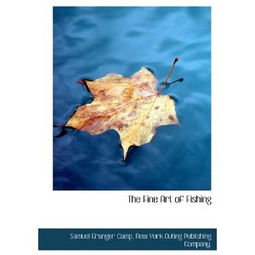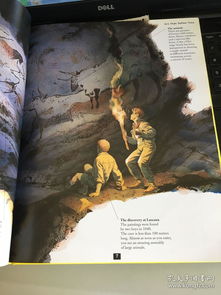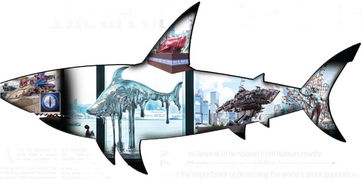Content:
Introduction: Fishing, an ancient pastime, has been captivating anglers for centuries. Among the various techniques used in fishing, learning how to help with main line fishing is essential. Main line fishing involves using a primary line to catch fish, and mastering the art of it can significantly enhance your fishing experience. In this comprehensive guide, we will delve into the essential tips and tricks to help you become a proficient main line fisherman.
Choosing the Right Equipment: The first step in mastering main line fishing is selecting the appropriate equipment. Here are some key components to consider:
a. Rod and Reel: Choose a rod and reel that match the type of fish you plan to catch. A lightweight rod with a sensitive tip is ideal for detecting subtle bites.
b. Line: Use a main line that is strong, flexible, and appropriate for the fish you are targeting. Monofilament and fluorocarbon lines are popular choices due to their durability and low visibility.
c. Lures and Baits: Select lures or baits that mimic the natural prey of the fish you want to catch. Live bait, artificial lures, and soft plastics are all viable options.
Knot Tying: Proper knot tying is crucial for maintaining a strong connection between your main line and lures or baits. Here are some essential knots to learn:
a. Palomar Knot: A versatile and strong knot suitable for various fishing scenarios.
b. Improved Clinch Knot: A simple and reliable knot that is easy to tie and untie.
c. Uni Knot: A strong and durable knot that works well with braided lines.
Leader Length and Material: A leader is a length of line that connects the main line to your lure or bait. Here's how to choose the right leader:
a. Length: The ideal leader length depends on the type of fish and fishing environment. Generally, a 12-18-inch leader is sufficient for most freshwater fishing scenarios.
b. Material: Fluorocarbon leaders are excellent for their low visibility and sensitivity, making them ideal for catching finicky fish.
Presenting the Bait: Learning how to present your bait or lure effectively is key to successful main line fishing. Here are some tips:
a. Cast: Practice your casting technique to ensure accurate placement of your bait or lure. A smooth, controlled cast is essential.
b. Retrieve: Vary your retrieve speed and pattern to mimic the natural movement of prey. Experiment with different retrieves to see what works best for the fish you're targeting.
c. Stop and Go: Sometimes, pausing your retrieve and allowing your bait to sink for a moment can trigger a bite.
Reading the Water: Understanding the water you're fishing in is crucial for success. Here are some tips for reading the water:
a. Observe: Look for fish-holding structures, such as rocks, logs, and vegetation, which can be prime spots for catching fish.
b. Current: Consider the direction and speed of the current. Fish often hold in areas where the current is slower or against the current.
c. Depth: Vary your bait's depth by adjusting your weight or the distance between your lure and the bottom.
Patience and Persistence: Fishing is a waiting game, and sometimes, it takes patience and persistence to catch fish. Here are some tips to keep in mind:

a. Stay patient: Don't get discouraged if you don't catch fish right away. Sometimes, it takes time to find the right spot or technique.
b. Experiment: Try different baits, lures, and techniques to see what works best in your fishing environment.
c. Keep Learning: Continuously improve your fishing skills by reading books, watching videos, and seeking advice from experienced anglers.
Conclusion: Mastering the art of main line fishing requires time, practice, and patience. By choosing the right equipment, learning essential knots, and understanding the water you're fishing in, you'll be well on your way to becoming a proficient main line fisherman. Remember to stay patient and persistent, and enjoy the beauty and tranquility of the great outdoors as you pursue your fishing passion. Happy fishing!












